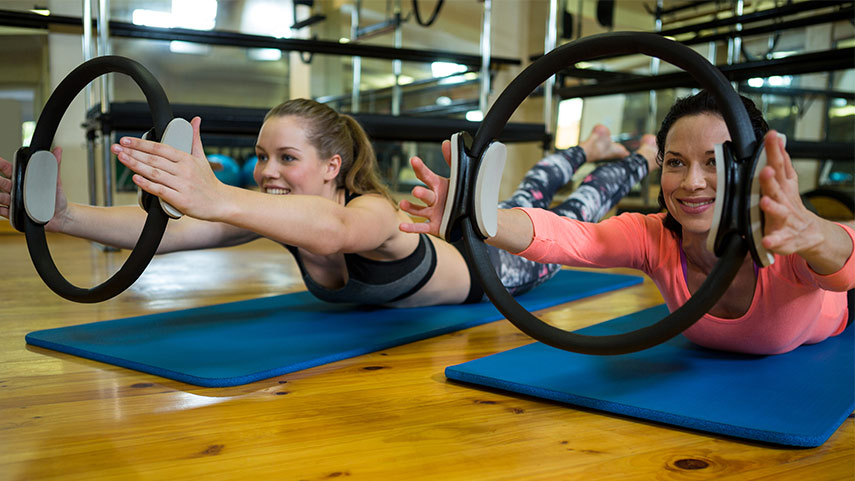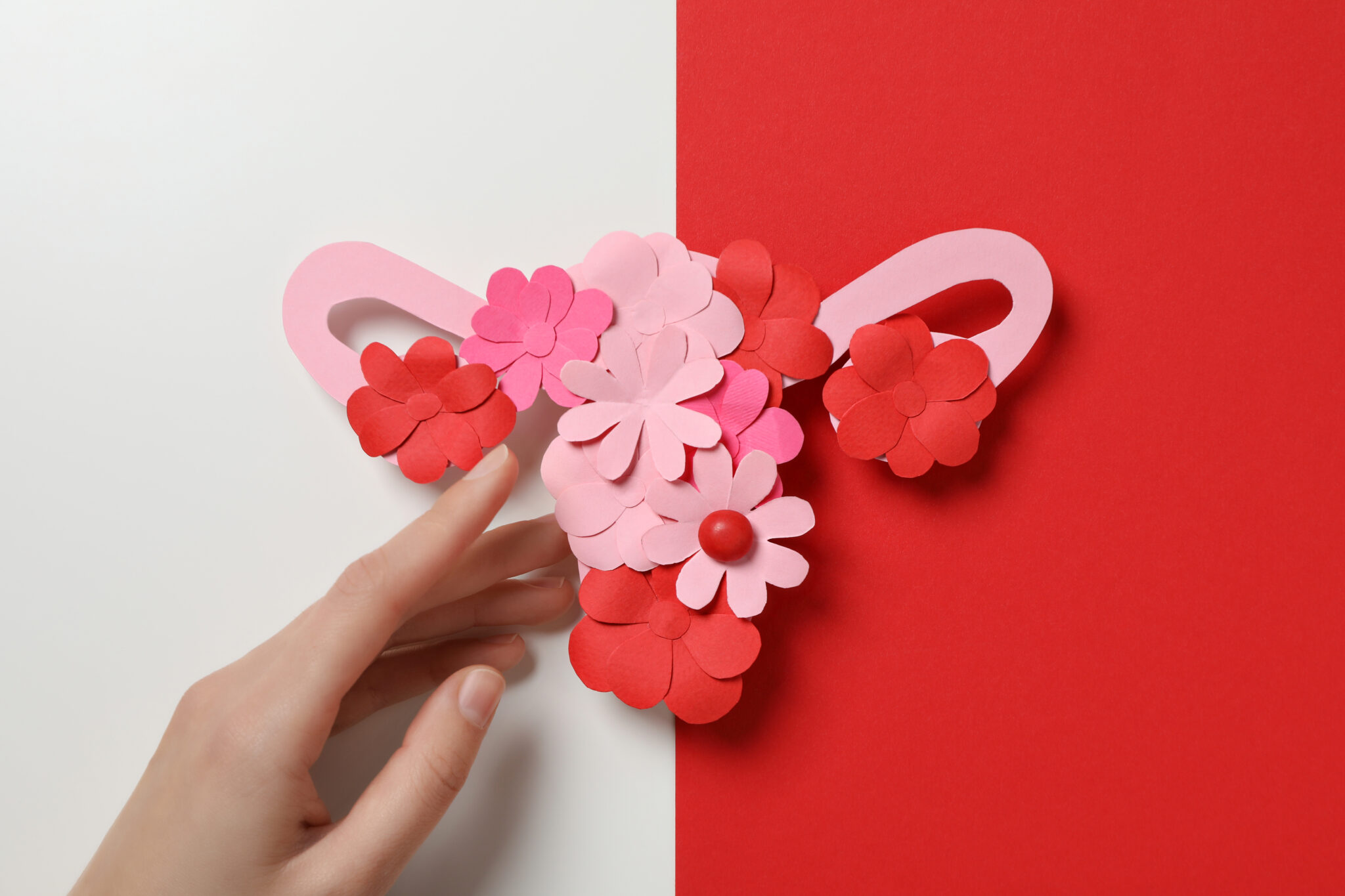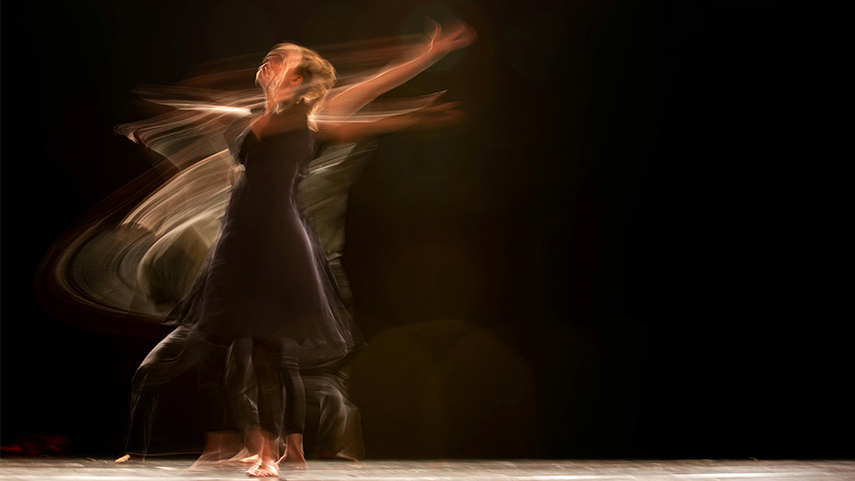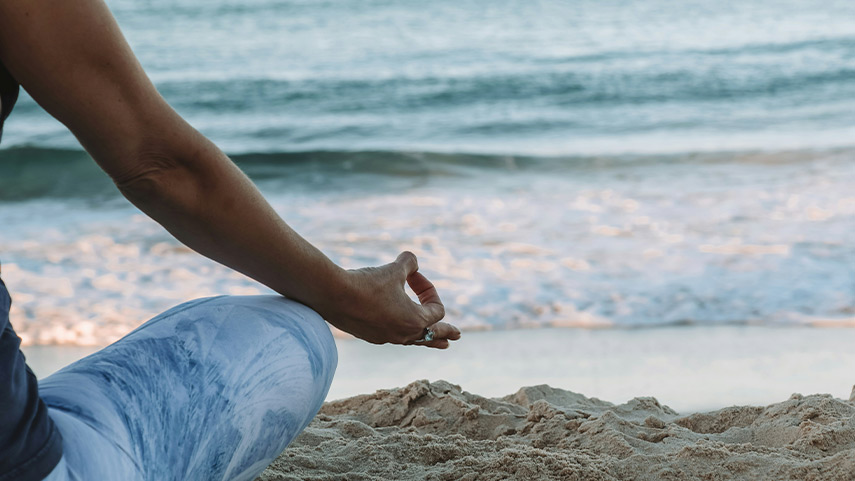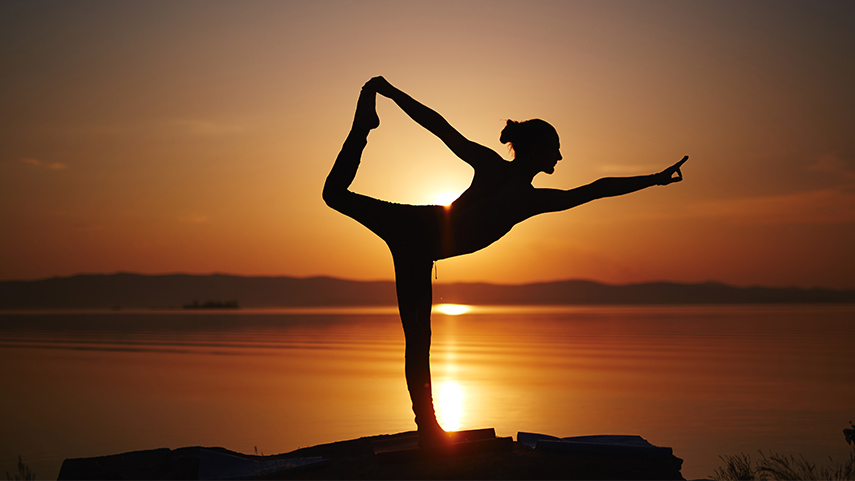Pilates Props: How to Use a Pilates Ring and Wall for Better Results
Adding props to your Pilates practice can unlock new layers of strength, control, and awareness. Two of the most underrated tools? The Pilates ring and a simple wall. Whether you’re practicing at home or in a fully equipped Brussels-based studio, learning how to use a Pilates ring and how to do wall Pilates can take your results to the next level.
How to Use a Pilates Ring
Also known as a magic circle, the Pilates ring is a lightweight, flexible ring with small padded handles. It’s designed to create resistance and deepen muscle engagement without adding bulk or weight. But don’t let its simplicity fool you—it can light up your inner thighs, activate your core, and refine alignment like no other.
Here’s how to use a Pilates ring effectively:
- Inner Thigh Burner: Place the ring between your knees while lying on your back with feet flat. Gently squeeze and release to engage the inner thighs and pelvic floor.
- Arm Toning: Hold the ring in front of your chest, elbows wide. Press in with control, feeling your chest, shoulders, and arms activate.
- Core Activation: Lie on your back with knees in tabletop. Place the ring between your palms and push lightly as you extend the legs. Instant core fire.
The ring offers 360-degree feedback. You don’t just push—you resist. This makes it ideal for refining technique and working smarter, not harder. In small-group classes around Brussels, Pilates instructors often use rings to help students develop stability and control in both mat and Reformer sessions.
How to Do Wall Pilates
The wall: stable, supportive, always available. It turns out this simple surface is a powerful Pilates tool, especially for alignment, balance, and form correction.
Here’s how to do wall Pilates:
Here’s how to do wall Pilates:
- Wall Roll Down: Stand with your back against the wall, feet slightly forward. Articulate your spine one vertebra at a time as you roll down and then back up. It’s a fantastic way to feel spinal mobility and alignment.
- Wall Bridge: Lie on your back with feet pressing into the wall. Lift your hips into a bridge. This variation encourages better hamstring engagement and clearer pelvic articulation.
- Wall Squat Hold: With your back against the wall, lower into a seated squat. Add the Pilates ring between the knees to fire up your inner thighs and glutes.
Wall Pilates is great for all levels. It removes guesswork from posture and provides a built-in “alignment coach”. If you’re training in a Brussels Pilates studio that offers contemporary or classical variations, you might find entire classes dedicated to wall-based sequencing.
Why Props Matter—Especially in Brussels
Pilates in Brussels is thriving, with a growing community seeking mindful, low-impact training that respects the body’s needs. Studios across the city are increasingly integrating small props like rings, bands, and walls to deepen the experience—without overwhelming the practitioner.
Props aren’t shortcuts. They’re amplifiers. They allow beginners to feel stability where they might otherwise struggle, and give advanced students the chance to refine precision. For Brussels residents navigating busy schedules and long hours at desks, these tools are invaluable in supporting spinal health, posture, and focused breathwork.
Studios like Corpus Studios™ in Brussels combine high-level instruction with thoughtful use of props. Whether in group or private settings, clients are introduced to Pilates rings and wall variations in ways that support their individual goals.
Start Small, See Big Results
You don’t need to overhaul your routine to feel a difference. Add the ring to your mat sessions once or twice a week. Try five minutes of wall work after a long day sitting. Focus on breath, control, and alignment—not reps.
Pilates is a practice of refinement. And with tools like the ring and the wall, you gain deeper insight into how your body moves—and how it can move better.
If you’re in Brussels and looking to elevate your Pilates experience, consider exploring classes that incorporate these powerful props. You’ll be surprised how much change a little resistance (or a little wall support) can bring.

